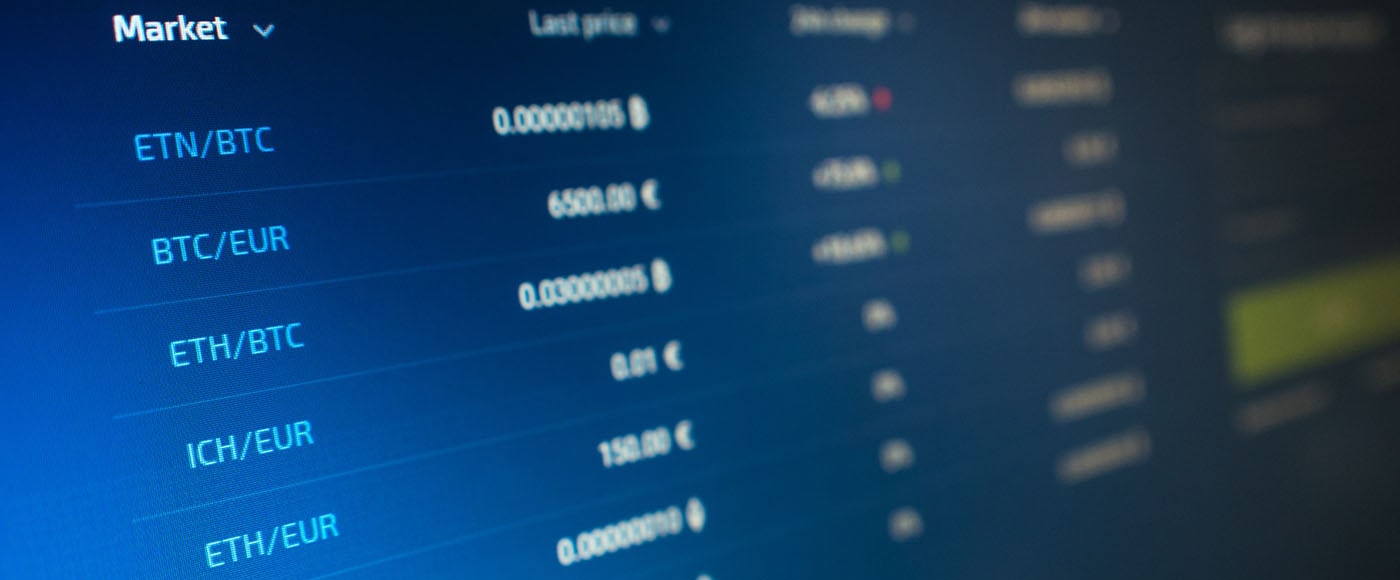


Aptos is a Layer 1 Proof-of-Stake (PoS) blockchain that employs a novel smart contract programming language called Move, a Rust-based programming language that was independently developed by Meta (formerly Facebook)’s Diem blockchain engineers.
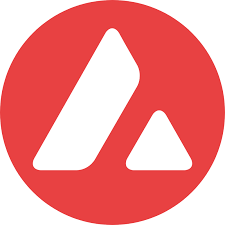
Avalanche is a layer one blockchain that functions as a platform for decentralized applications and custom blockchain networks. It is one of Ethereum’s rivals, aiming to unseat Ethereum as the most popular blockchain for smart contracts. It aims to do so by having a higher transaction output of up to 6,500 transactions per second while not compromising scalability.

Basic Attention Token, or BAT, is the token that powers a new blockchain-based digital advertising platform designed to fairly reward users for their attention, while providing advertisers with a better return on their ad spend.
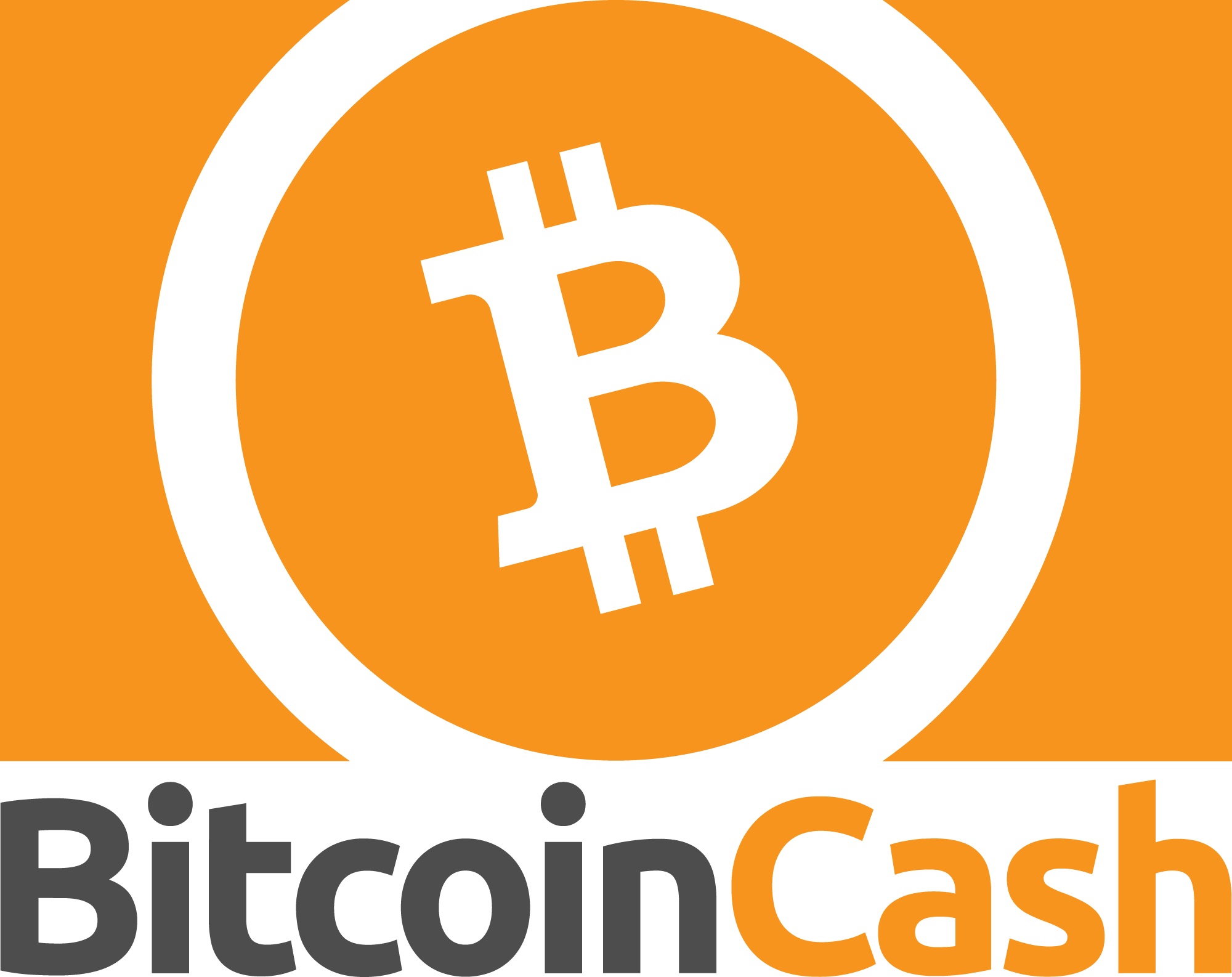
Bitcoin Cash (BCH) is a peer-to-peer electronic cash system that aims to become sound global money with fast payments, micro fees, privacy and larger block size. As a permissionless, decentralized cryptocurrency, Bitcoin Cash requires no trusted third parties.
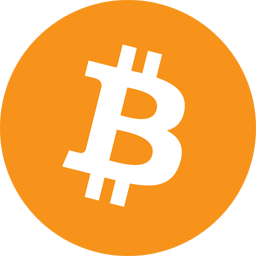
Bitcoin is a decentralized cryptocurrency originally described in a 2008 whitepaper by a person, or group of people, using the alias Satoshi Nakamoto. It was launched soon after, in January 2009.

Launched in July 2017, Binance is the biggest cryptocurrency exchange globally based on daily trading volume. Binance aims to bring cryptocurrency exchanges to the forefront of financial activity globally. The idea behind Binance’s name is to show this new paradigm in global finance — Binary Finance, or Binance.

Conflux (CFX) is a public layer-1 blockchain that was made to power decentralized applications (dApps), e-commerce, and Web 3.0 infrastructure by being more scalable, decentralized, and secure than existing protocols.

Chiliz is the leading digital currency for sports and entertainment by the eponymous Malta-based FinTech provider. It operates the blockchain-based sports entertainment platform Socios, which enables users to participate in the governance of their favorite sports brands. Multiple fan tokens by Socios.com are an example of that. For sports clubs and associations, fan tokens offer a way of connecting with their fans and unlocking new revenue streams.
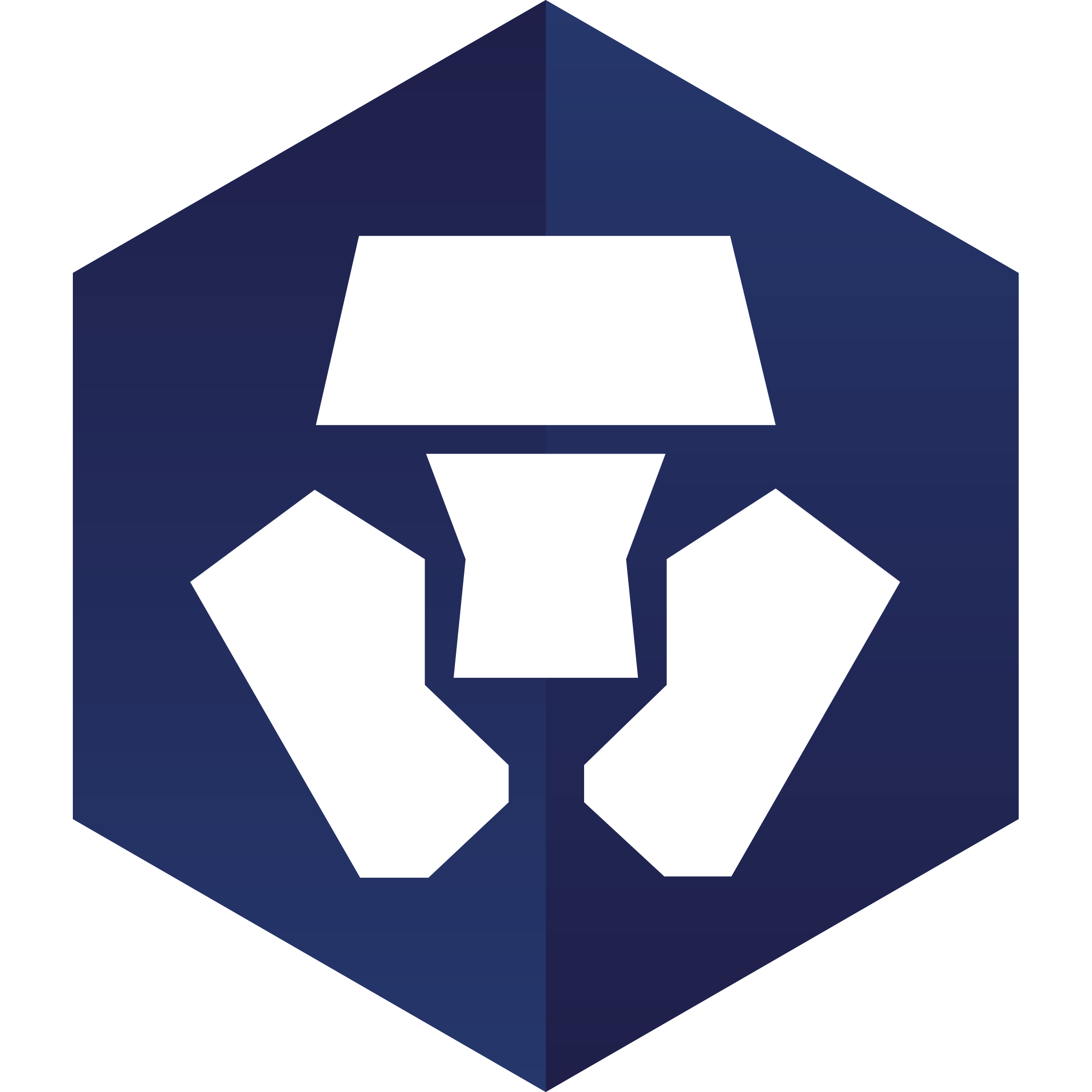
Cronos (CRO) is the native cryptocurrency token of Cronos Chain — a decentralized, open-source blockchain developed by the Crypto.com payment, trading and financial services company.

Dogecoin or DOGE is based on “Doge”- a popular internet meme. The token deaures a Shiba Inu logo and is an open-sourced digital currency. Moreover, created by programmers Billy Markus and Jackson Palmer, the popular meme-based DOGE is popular worldwide and garners significant celebrity interest, including that of Tesla CEO Elon Musk.

Polkadot is an open-source sharded multichain protocol that connects and secures a network of specialized blockchains, facilitating cross-chain transfer of any data or asset types, not just tokens, thereby allowing blockchains to be interoperable with each other. Polkadot was designed to provide a foundation for a decentralized internet of blockchains, also known as Web3.

MultiversX is a blockchain protocol that seeks to offer extremely fast transaction speeds by using sharding. The project describes itself as a technology ecosystem for the new internet, which includes fintech, decentralized finance and the Internet of Things. Its smart contracts execution platform is reportedly capable of 15,000 transactions per second, six-second latency and a $0.001 transaction cost.

The EOS Network is an open-source blockchain platform that prioritizes high performance, flexibility, security, and developer experience. As a third-generation blockchain platform powered by the EOS virtual machine, EOS has an extensible WebAssembly engine for deterministic execution of near fee-less transactions.

Ethereum Classic (ETC) is the original Ethereum (ETH) blockchain that launched in July 2015. Its main function is as a smart contract network, with the ability to host and support decentralized applications (DApps). Its native token is ETC.
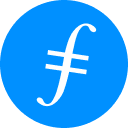
Filecoin is a decentralized storage system that aims to “store humanity’s most important information.” The project raised $205 million in an initial coin offering (ICO) in 2017, and initially planned a launch date for mid-2019. However, the launch date for the Filecoin mainnet was pushed back until block 148,888, which is expected in mid-October 2020.
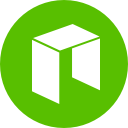
Gas is a token created on the NEO blockchain platform with primary purpose of being fees for processing transactions on the NEO network.

The Graph is an indexing protocol for querying data for networks like Ethereum and IPFS, powering many applications in both DeFi and the broader Web3 ecosystem. Anyone can build and publish open APIs, called subgraphs, that applications can query using GraphQL to retrieve blockchain data. There is a hosted service in production that makes it easy for developers to get started building on The Graph and the decentralized network will be launching later this year. The Graph currently supports indexing data from Ethereum, IPFS and POA, with more networks coming soon.

HBAR is the native cryptocurrency of the Hedera public network. Moreover, Hbars are used to power decentralized applications and build peer-to-peer payment and micropayment business models. Furthermore, it protects the network from malicious actors.

HCX - The Native Digital Asset on HC NET. It moves money and conducts transactions around the world quickly and securely. Moreover, it provides a uber-efficient, ultra-low cost, zero turn around time alternative to conventional settlement methods.
Real time settlement- HCX settles payments in 2-4 seconds in a 1000+ node environment
Scalable- HCX can handle 3000 concurrent transactions (transactions per second) and 100+ million transactions a day. Furthermore, at 75,000 transactions per second, the network scalability exceeded the throughput of current payment networks such as Visa, in a test environment, with the implementation of SegWit.
Wide Applications- HC products that operate on HC NET are used for Remittance, Corporate Payment, Trade Finance, Commerce, and Forex deals.
Wide Acceptance- HC Products are used by Global Banks, Currency Exchanges, Payment Service Providers, Corporate Houses, and E-commerce Merchants.
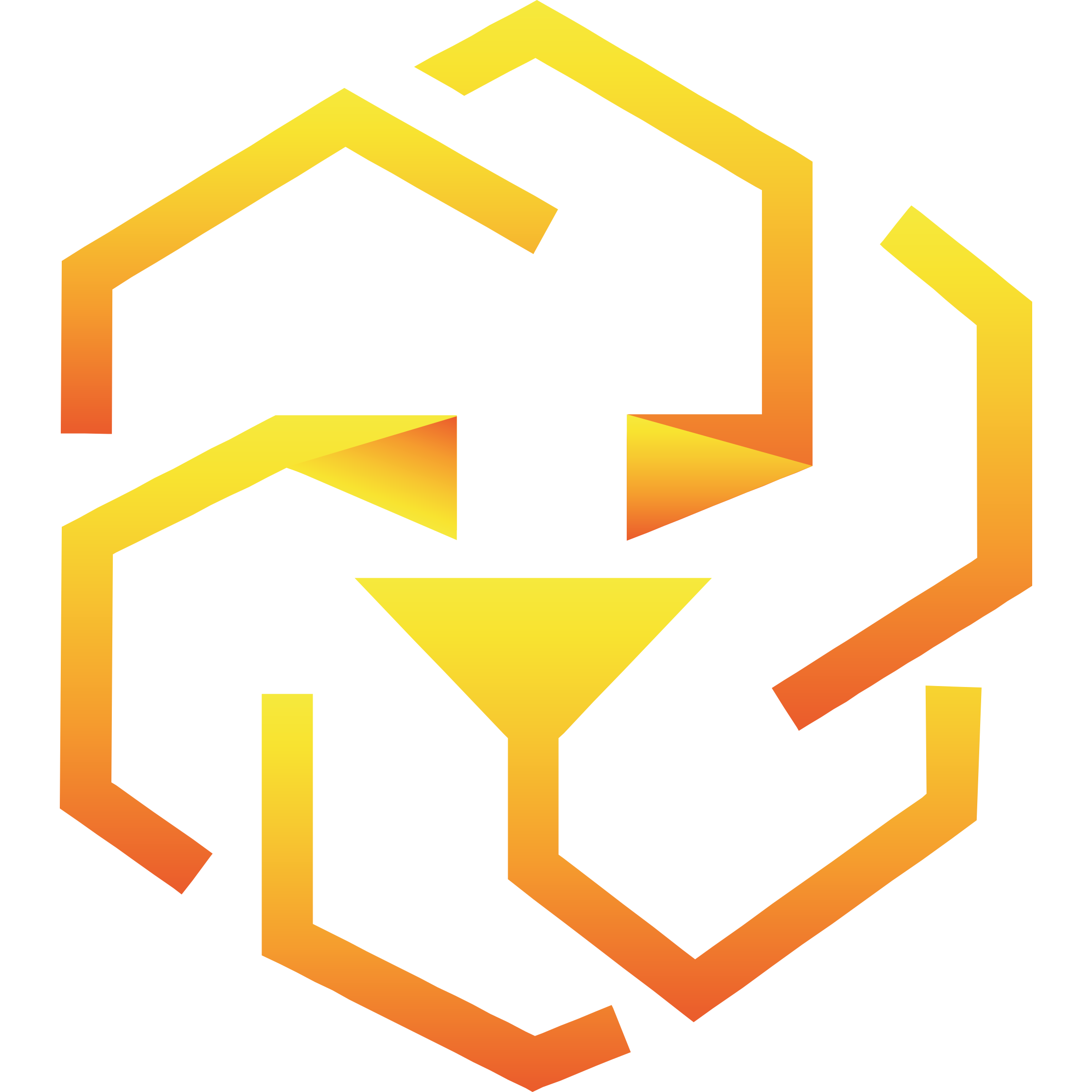
LEO is an open-source sharded multichain protocol that connects and secures a network of specialized blockchains, facilitating cross-chain transfer of any data or asset types, not just tokens, thereby allowing blockchains to be interoperable with each other. LEO was designed to provide a foundation for a decentralized internet of blockchains, also known as Web3.
Founded in 2017, Chainlink is a blockchain abstraction layer that enables universally connected smart contracts. Through a decentralized oracle network, Chainlink allows blockchains to securely interact with external data feeds, events and payment methods, providing the critical off-chain information needed by complex smart contracts to become the dominant form of digital agreement.
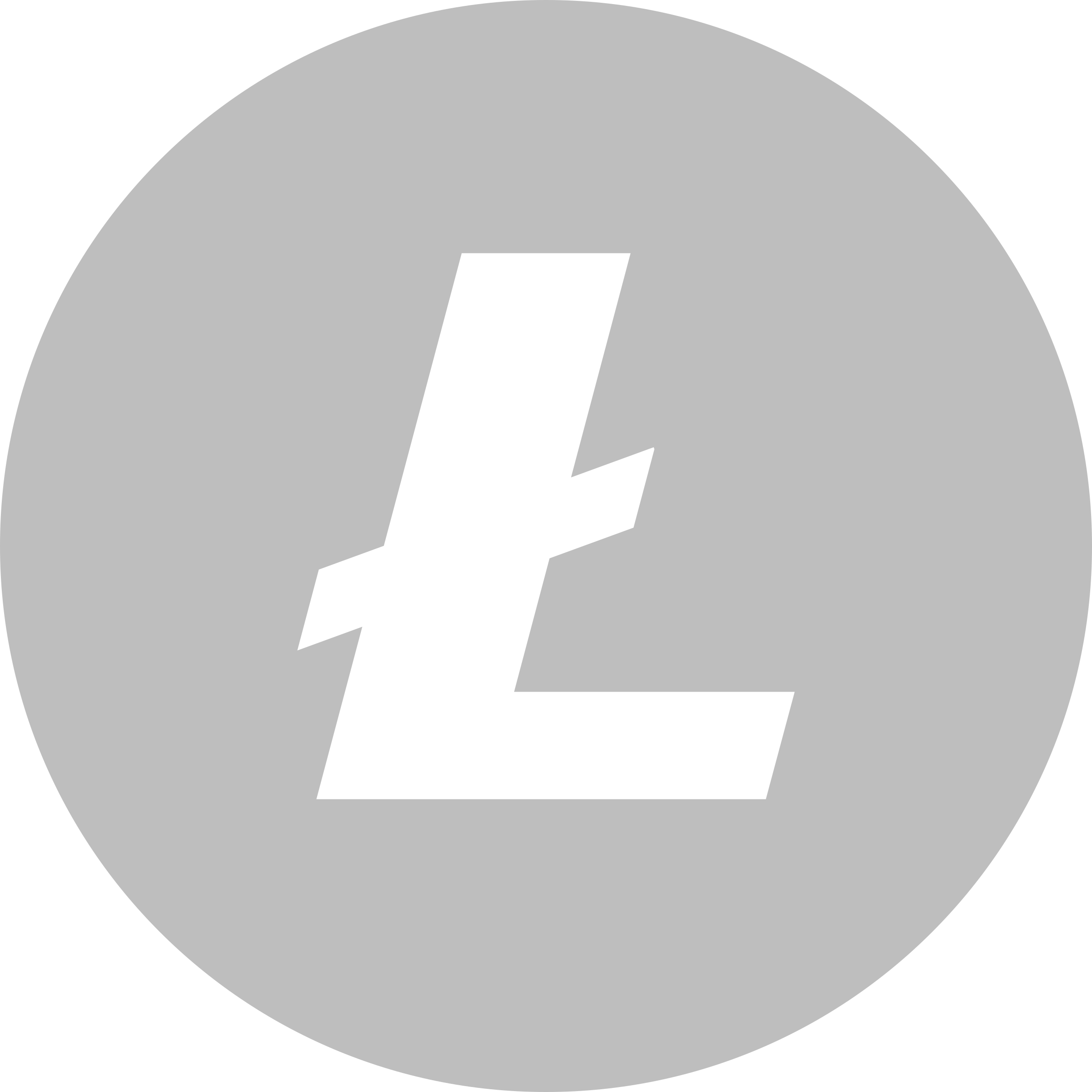
Litecoin (LTC) is a cryptocurrency that was designed to provide fast, secure and low-cost payments by leveraging the unique properties of blockchain technology.

Polygon (previously Matic Network) is the first well-structured, easy-to-use platform for Ethereum scaling and infrastructure development. Its core component is Polygon SDK, a modular, flexible framework that supports building multiple types of applications.

Maker (MKR) is the governance token of the MakerDAO and Maker Protocol — respectively a decentralized organization and a software platform, both based on the Ethereum blockchain — that allows users to issue and manage the DAI stablecoin.
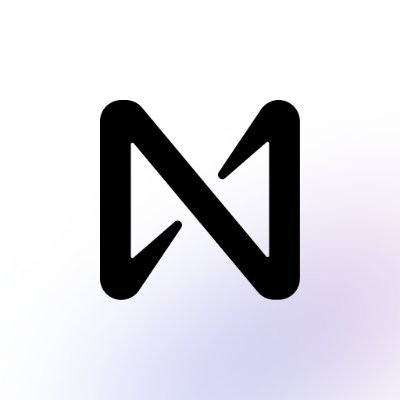
The NEAR token is the native cryptocurrency of the Near network, functioning as a payment method for transaction processing and data storage. Additionally, it is utilized for operating a validating node within the network by engaging in the staking process.

Neo was founded 2014 and has grown into a first-class smart contract platform. It is backed by a global developer community who continue to drive the blockchain forward.

Founded in September of 2018, Pax Dollar is a flat-collateralized stablecoin. Stablecoins are cryptocurrencies that are designed to minimize the volatility of the price of the stablecoin, relative to a certain stable asset or a basket of assets.

SHIB is the main token of the Shiba Inu ecosystem, bringing the power of a decentralized, community-led currency to millions across the globe. Since its inception in late 2020, the Ethereum-based SHIB token has grown to become a worldwide phenomenon, and is now accepted as a form of payment at hundreds of locations, either directly or through third-party intermediaries.

Synthetix is building a decentralized liquidity provisioning protocol that any protocol can tap into for various purposes. Its deep liquidity and low fees serve as a backend for many exciting protocols on both Optimism and Ethereum. Many user-facing protocols in the Synthetix ecosystem, such as Kwenta (Spot and Futures), Lyra (Options), Polynomial (Automated Options), and 1inch & Curve (Atomic Swaps), tap into Synthetix liquidity to power their protocols. Synthetix is built on Optimism and Ethereum mainnet. The Synthetix Network is collateralized by SNX, ETH, and LUSD, enabling the issuance of synthetic assets (Synths). Synths track and provide returns on the underlying asset without requiring one to directly hold the asset. This pooled collateral enables an array of on-chain, composable financial instruments backed by liquidity from Synthetix. Some of the most exciting upcoming releases from SNX are Perps V2, which hopes to enable low-fee on-chain futures trading through the usage of off-chain oracles, and Synthetix V3, which aims to rebuild the protocol to achieve its earliest goal, being a fully permissionless derivatives protocol. Learn more about Synthetix on their blog or by joining the SNX Discord.

Wrapped Solana (SOL) is a cryptocurrency token and operates on the Solana platform. Wrapped Solana has a current supply of 0. The last known price of Wrapped Solana is 23.25723665 USD and is up 7.96 over the last 24 hours. It is currently trading on 249 active market(s) with $132,282,764.89 traded over the last 24 hours. More information can be found at https://solana.com/.

Stacks is a Bitcoin Layer for smart contracts; it enables smart contracts and decentralized applications to use Bitcoin as an asset and settle transactions on the Bitcoin blockchain.
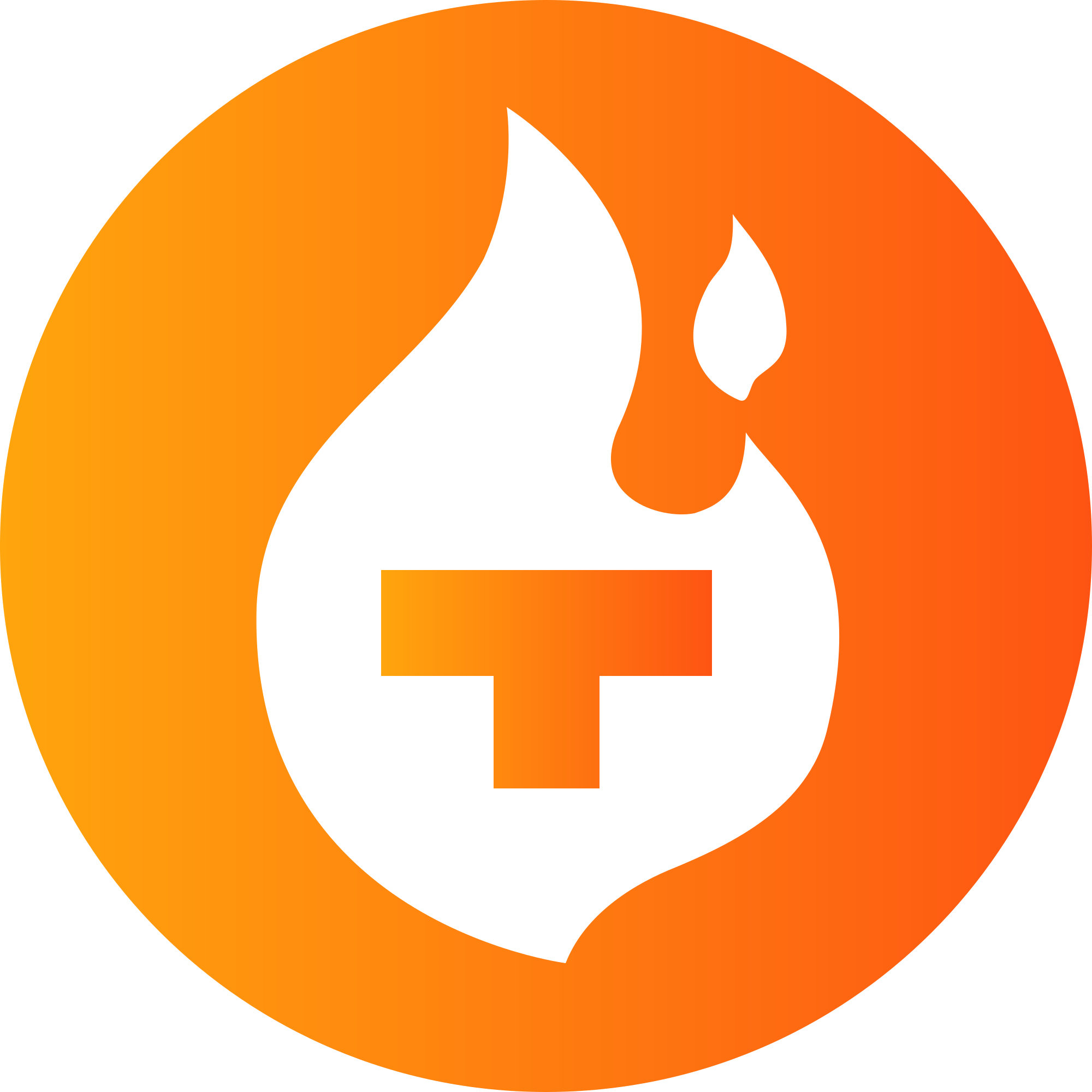
TFUEL or Theta Fuel coin is one of the native coins of the Theta blockchain network. Unlike the Theta governance token, TFUEL serves as a utility token in data delivery and decentralized video. It sometimes acts as a gas token. Moreover, the coin powers all functions on the blockchain network like payments to relayers for sorting a video stream, for interacting and deploying with smart contracts, and for fees associated with DeFi applications and NFT transactions. At present, 5,232,675,200 TFUEL coo a are circulating the market. Moreover, the development of new tokens for staking rewards. Since THETA runs on PoS protocol, staking is possible.
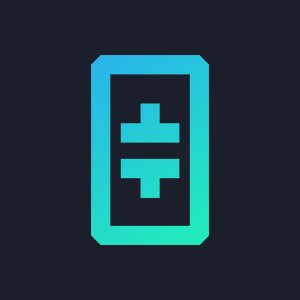
Blockchain network Theta is mainly for video streaming. Launched in March 2019, where Theta mainnet functions as a decentralized network where the users share computer resources and bandwidth on a P2P process. Moreover, the network featured their native token "THETA" which works several governance tasks within the network and includes several enterprise validators along with a parent network of thousands of community-driven guardian nodes. Therefore, the main concept of Theta is to decentralize video streaming, edge computing, and data delivery, to make it cost-effective, efficient, and fair to gamers. The open-source platform provides the token holders the governance power with PoS based blockchain ecosystem.
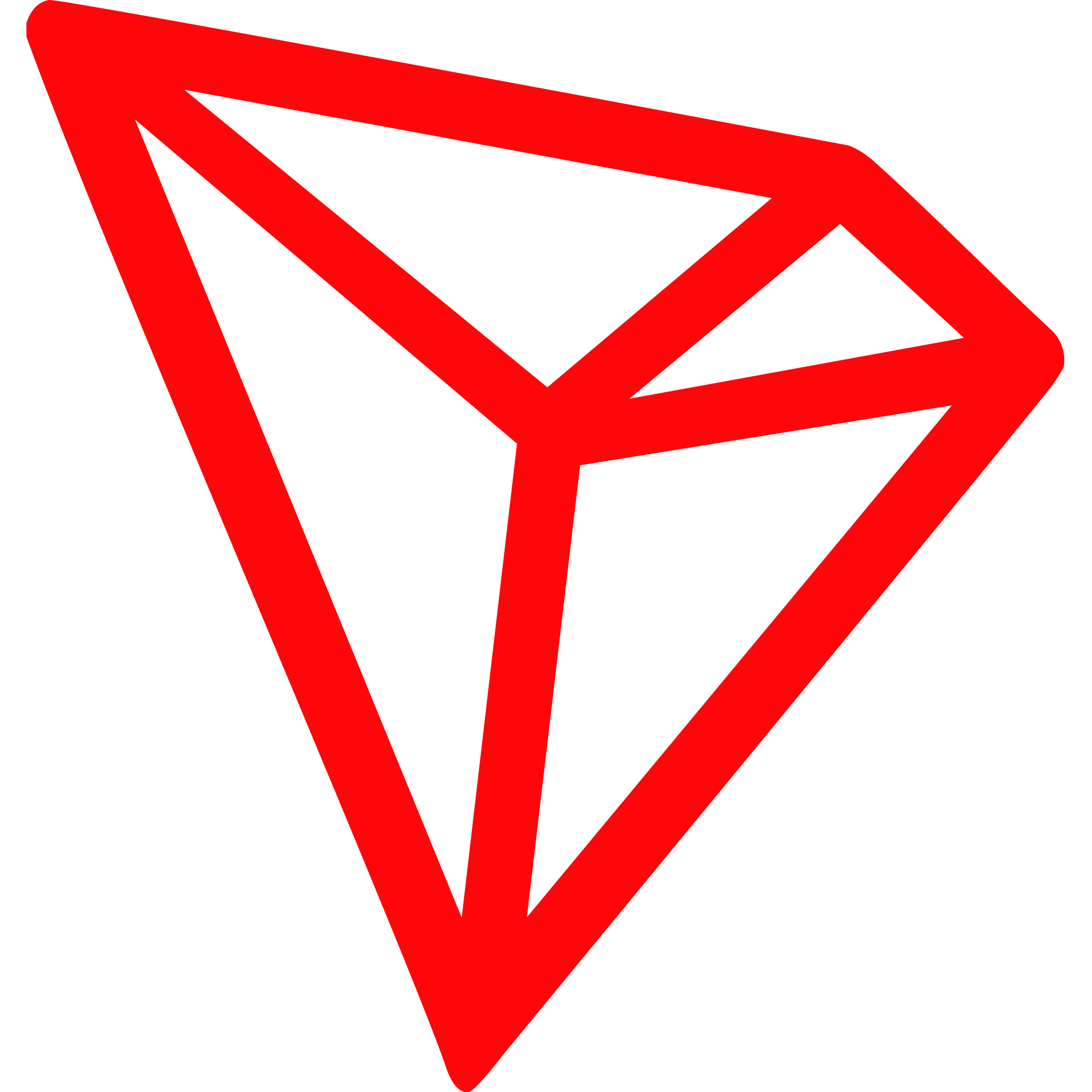
TRON (TRX) is a decentralized blockchain-based operating system developed by the Tron Foundation and launched in 2017. Originally TRX tokens were ERC-20-based tokens deployed on Ethereum, but a year later they were moved to their own network.
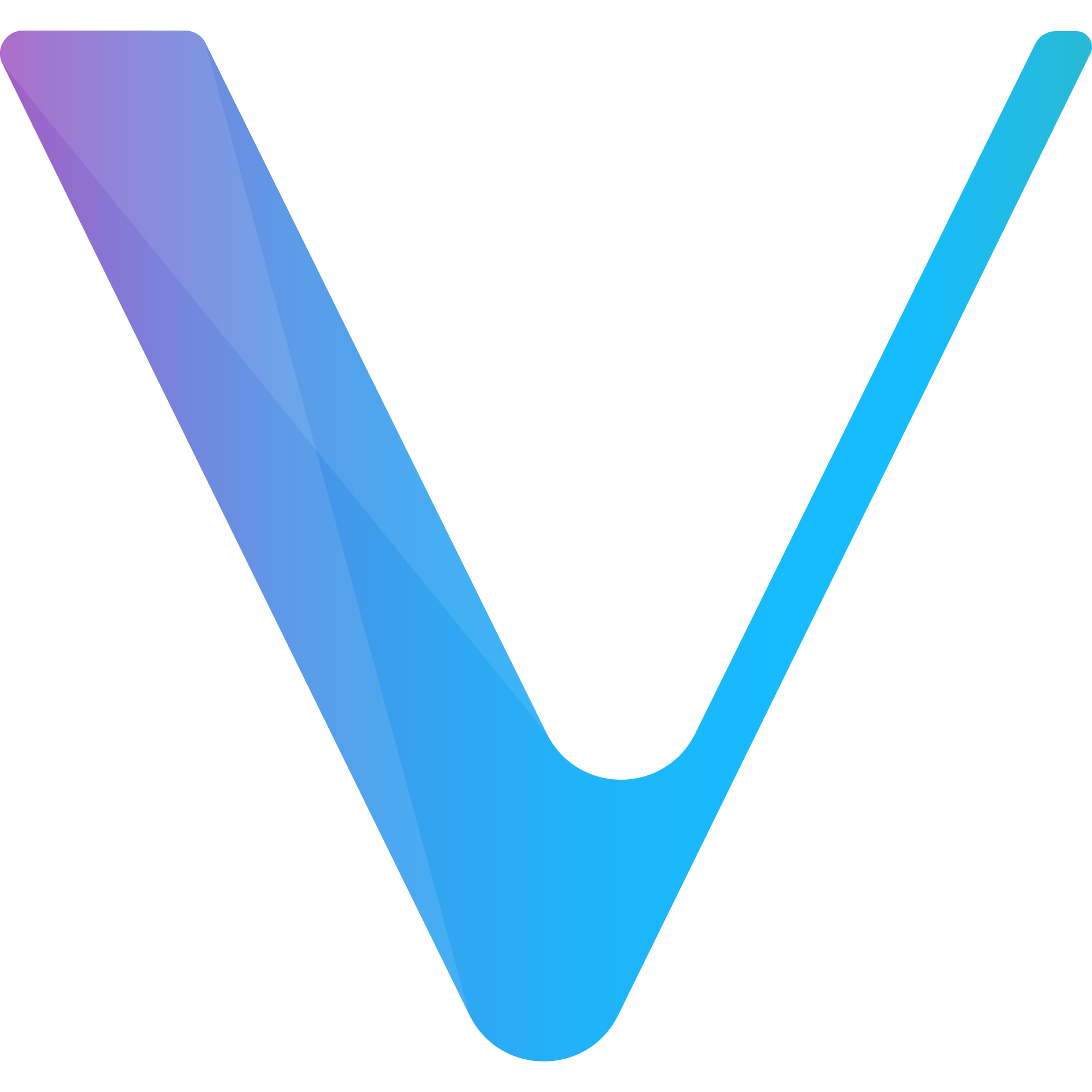
VeChain coin is a versatile enterprise with a private consortium chain that started in 2015, with a range of enterprises to develop applications of blockchain technology. Moreover, it aims to use the Internet of Things technology and distributed governance to create an ecosystem that solves huge data hurdles for several global enterprises from medicine to energy, beverage, and food to sustainability. Therefore, by facilitating the power of data, VeChain is developing a digital backbone that will revolutionize the fourth industrial revolution that demands trustless data sharing among network members in real time. VET is the native token of the network and is based on VeChaibThor a public blockchain to build and develop value. Sunny Lu an IT executive is the creator of VeChain and is popular in the crypto industry. Moreover, the network focuses to disrupt conventional business models and is popular for its innovation in the supply chain.
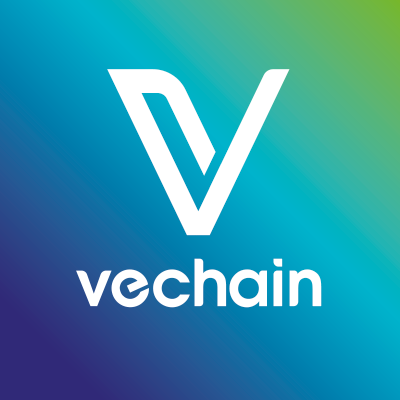
The VeChainThor public blockchain employed two tokens, of which VTHO is one. Moreover, the launch of the token was in 2015. However, after rebranding in 2018, the VTHO token plays an important role in the entire blockchain functionality. VTHO is a VIP-180 standard token that exemplifies the cost of utilizing the VeChainThor blockchain. Therefore, the basic purpose is to stimulate transactions and processes on the blockchain that mainly represents the smart contract layer of the network.

Wrapped Bitcoin is a tokenized version of Bitcoin (BTC) that runs on the Ethereum (ETH) blockchain.

Stellar is a network that allows the storage and transfer of money. Moreover, the token is originally based on the REipp[le Labs Protocol, and aims to boost financial inclusion of the world’s unbanked.

Monero was launched in 2014, and its goal is simple: to allow transactions to take place privately and with anonymity. Even though it’s commonly thought that BTC can conceal a person’s identity, it’s often easy to trace payments back to their original source because blockchains are transparent. On the other hand, XMR is designed to obscure senders and recipients alike through the use of advanced cryptography.

Ripple is a real-time gross settlement system, currency exchange and remittance network created by Ripple Labs Inc., a US-based technology company. Moreover, released in 2012, Ripple is built upon a distributed open-source protocol and supports tokens representing fiat currency, cryptocurrency, commodities, or other units of value such as frequent flier miles or mobile minutes. Furthermore, Ripple purports to enable "secure, instantly and nearly free global financial transactions of any size with no chargebacks."
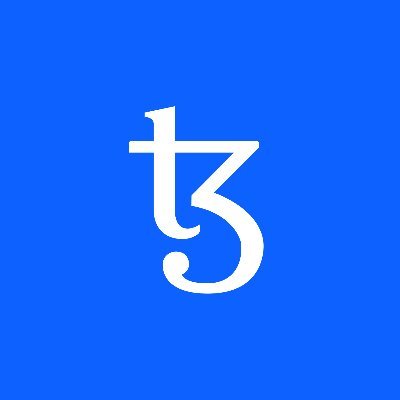
TTezos is a blockchain network that’s based on smart contracts, in a way that’s not too dissimilar to Ethereum. However, there’s a big difference: Tezos aims to offer infrastructure that is more advanced — meaning it can evolve and improve over time without there ever being a danger of a hard fork. This is something that both Bitcoin and Ethereum have suffered since they were created. People who hold XTZ can vote on proposals for protocol upgrades that have been put forward by Tezos developers.

Zcash is a decentralized cryptocurrency focused on privacy and anonymity. It uses the zk-SNARK zero-knowledge proof technology that allows nodes on the network to verify transactions without revealing any sensitive information about those transactions.

Injective (INJ) is an open, interoperable layer-one blockchain designed for finance, enabling advanced DeFi applications like decentralized exchanges, prediction markets, and lending protocols. It features a fully decentralized MEV-resistant on-chain orderbook and supports all forms of on-chain financial markets. Its cross-chain bridging infrastructure is compatible with Ethereum, IBC-enabled blockchains, and non-EVM chains like Solana. Built with the Cosmos SDK and utilizing a Tendermint-based Proof-of-Stake consensus mechanism, Injective offers instant transaction finality and can handle over 10,000 TPS. The ecosystem includes 100+ projects and 150,000+ community members, with backing from investors such as Binance and Mark Cuban.
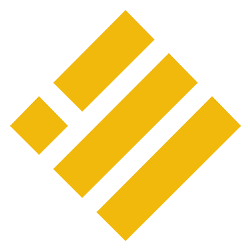
Binance USD (BUSD) is a stablecoin backed 1:1 by the US dollar, issued by Binance in partnership with Paxos. It is approved and regulated by the New York State Department of Financial Services (NYDFS). The BUSD Monthly Audit Report is available on the official website. Launched on September 5, 2019, BUSD combines the stability of the dollar with blockchain technology. It is issued as an ERC-20 token and also supports the BEP-2 standard.
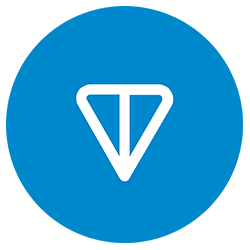
Toncoin (TON) is the native cryptocurrency of The Open Network (TON), a decentralized, open-source layer-1 blockchain. Originally developed by the Telegram team as Telegram Open Network with a native cryptocurrency named 'Gram,' the project was halted in May 2020 following a court order by the SEC. Since then, an independent community of developers, led by the TON Foundation, has continued the project. The blockchain was renamed to The Open Network, with Toncoin as its native currency. Utilizing a proof-of-stake (PoS) consensus model, Toncoin ensures network scalability and reliability. The whitepaper includes original code by Dr. Nikolai Durov, co-founder of Telegram.

Lido DAO (LDO) is a decentralized organization providing staking infrastructure for multiple blockchain networks, notably offering a liquid staking solution for Ethereum. Users can stake ETH and receive stETH tokens representing their staked ETH and rewards. Secured by decentralized governance, audited code, and smart contracts, the Lido protocol processes deposits and distributes rewards on Ethereum. Its native token, LDO, serves as the governance token, allowing holders to vote on key decisions and platform updates.

Arbitrum (ARB) is an Ethereum layer-two scaling solution that uses optimistic rollups to improve speed, scalability, and cost-efficiency. It leverages Ethereum’s security and compatibility while offering higher throughput and lower fees by offloading most computation and storage off-chain. Arbitrum's native token, ARB, is used for governance. Offchain Labs, Arbitrum's developers, transitioned to a decentralized autonomous organization (DAO) structure called the Arbitrum DAO. ARB holders can vote on proposals related to features, protocol upgrades, fund allocation, and the election of a Security Council.
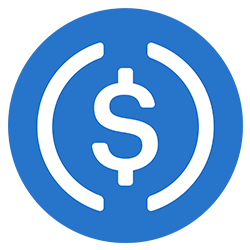
USDC is a stablecoin pegged to the U.S. dollar on a 1:1 basis, backed by $1 in reserves consisting of cash and short-term U.S. Treasury bonds. Issued by regulated financial institutions, USDC was launched in September 2018 by the Centre consortium. USDC aims to be "digital money for the digital age," supporting cashless transactions. It serves as a safe haven for crypto traders during volatility, enables businesses to accept digital asset payments, and impacts sectors like decentralized finance and gaming. The goal is to integrate USDC into as many wallets, exchanges, service providers, and dApps as possible.

Launched in 2014, Tether (USDT) is a blockchain-enabled platform that aims to enable the digital use of fiat currencies. By offering a modern approach to money, Tether seeks to disrupt the traditional financial system. It allows users to transact with conventional currencies on the blockchain, avoiding the volatility and complexity often linked with digital currencies. As the first platform of its kind to enable the digital use of traditional, stable currencies, Tether has democratized cross-border transactions on the blockchain.
BTC/USD
ETH/USD
![]() HCX/USD
HCX/USD
BCH/USD
LTC/USD
![]() EOS/USD
EOS/USD
![]() ADA/USD
ADA/USD
LINK/USD
![]() BAT/USD
BAT/USD
![]() HBAR/USD
HBAR/USD

Support Agent
*Powered by Paybito



